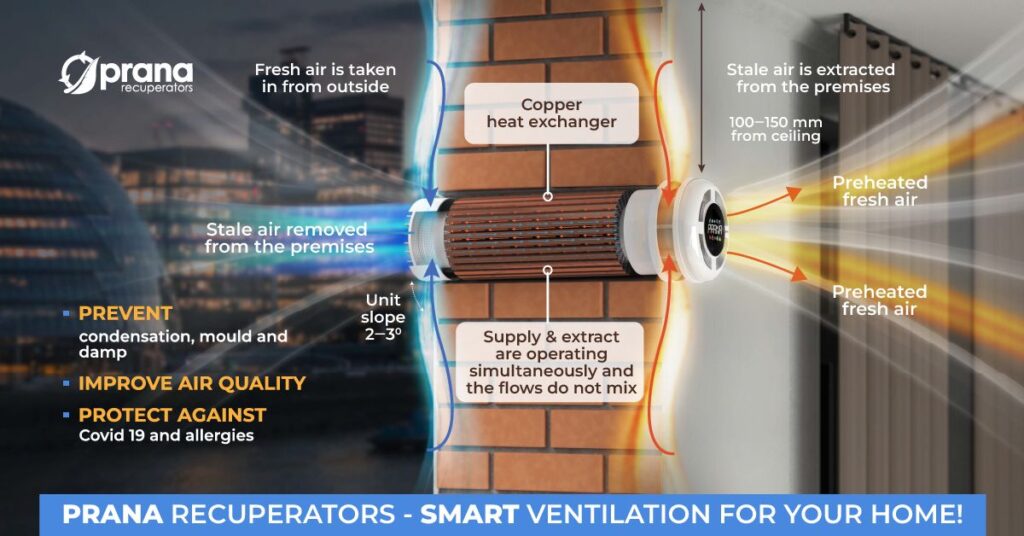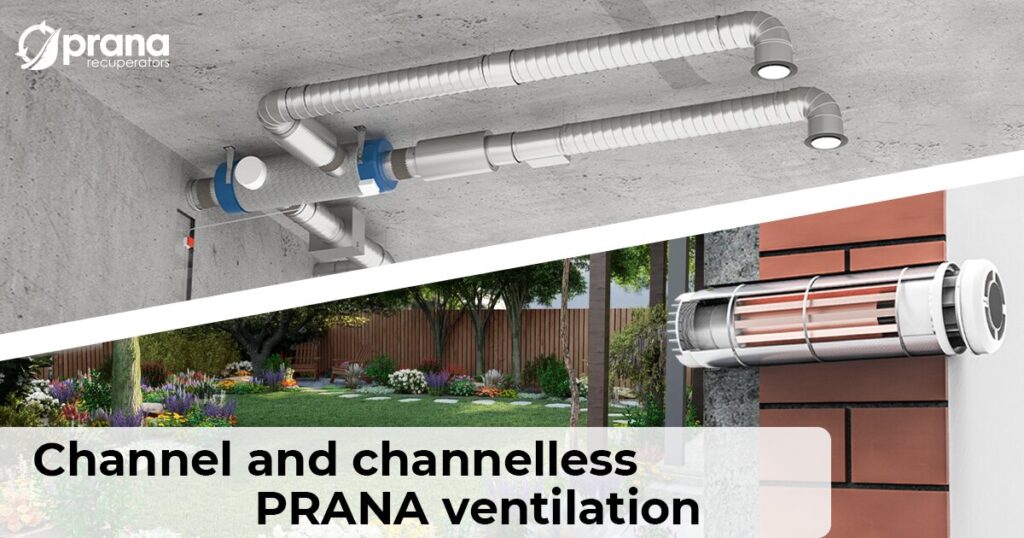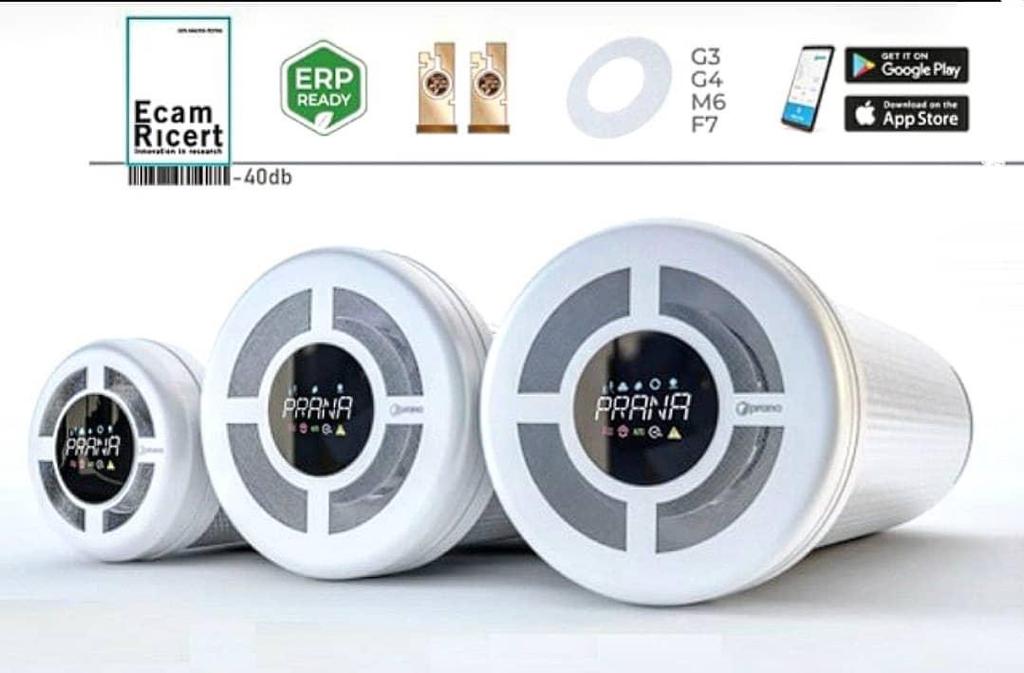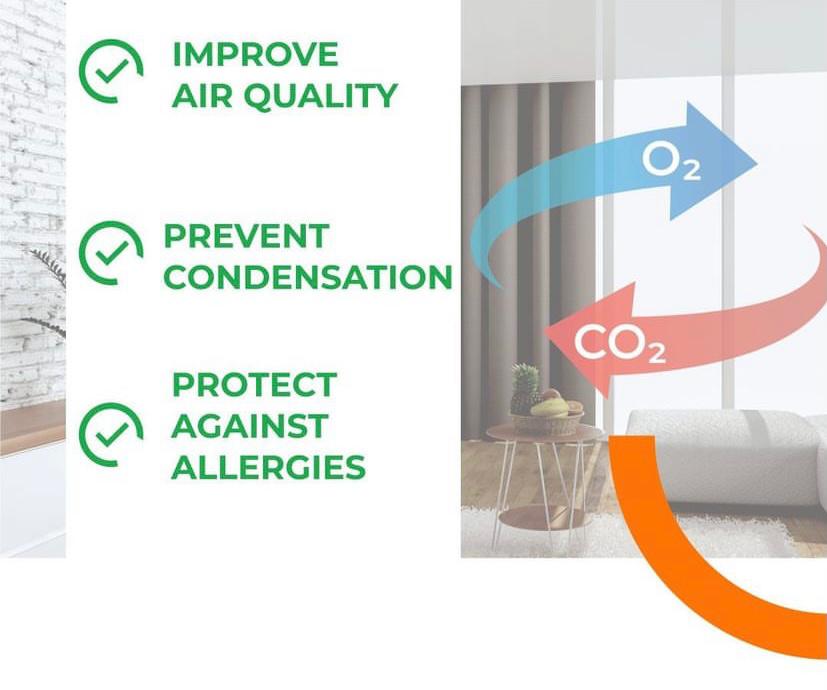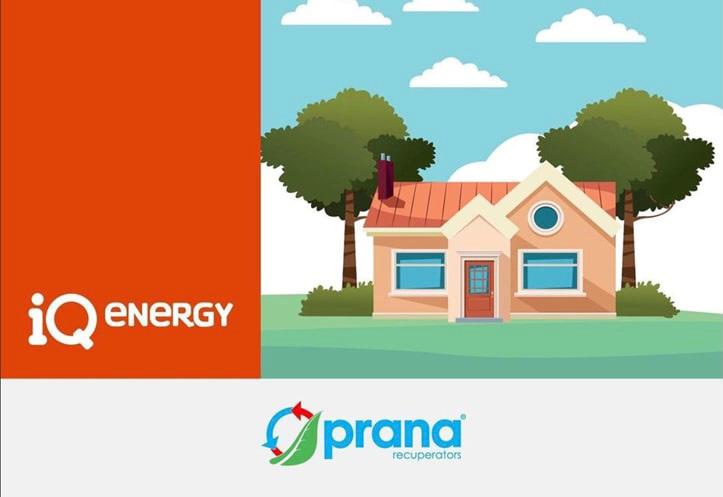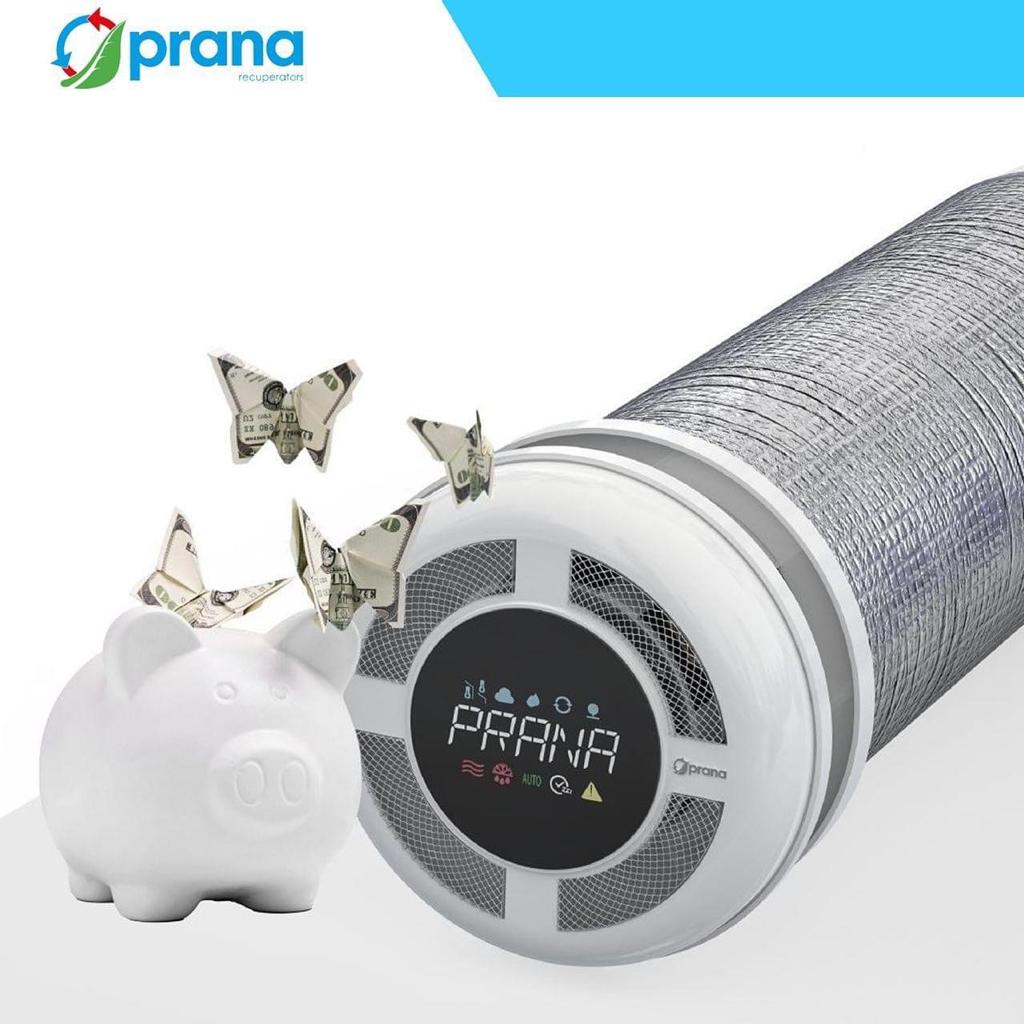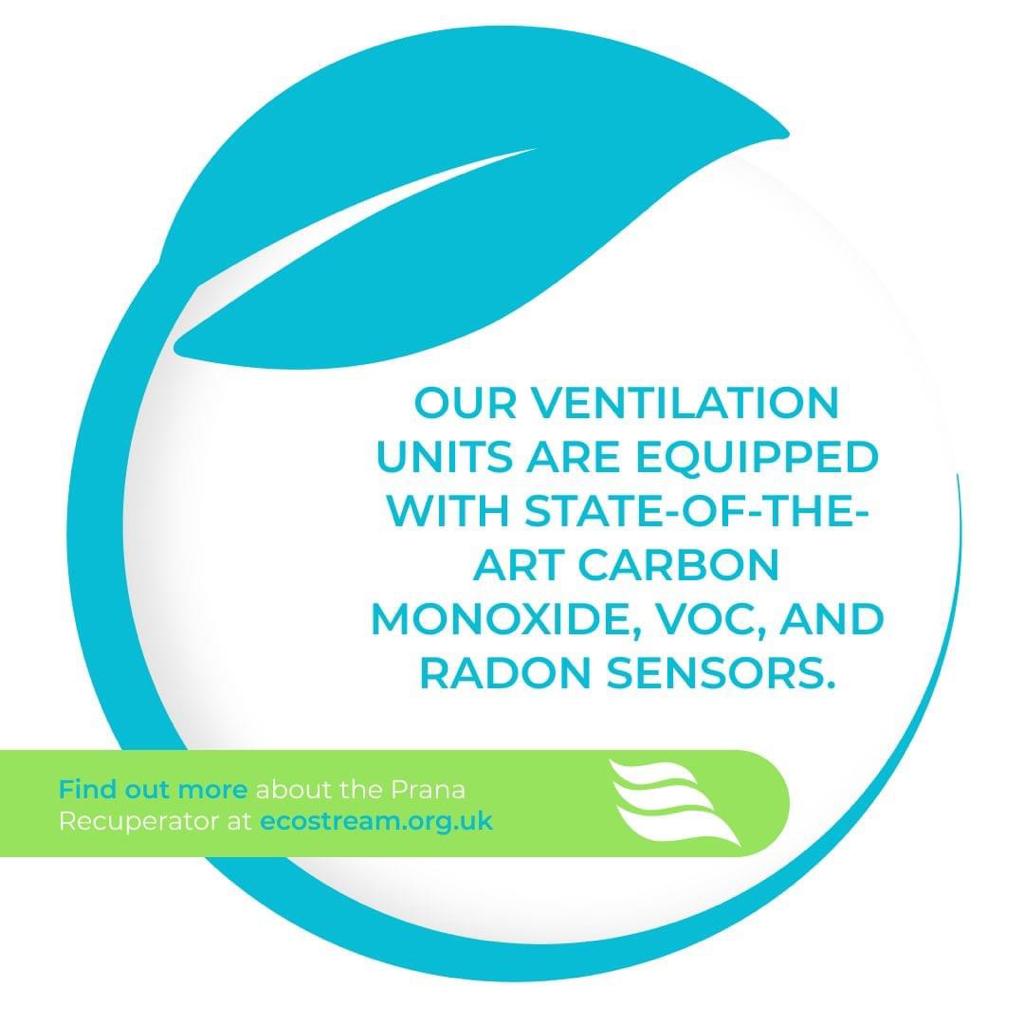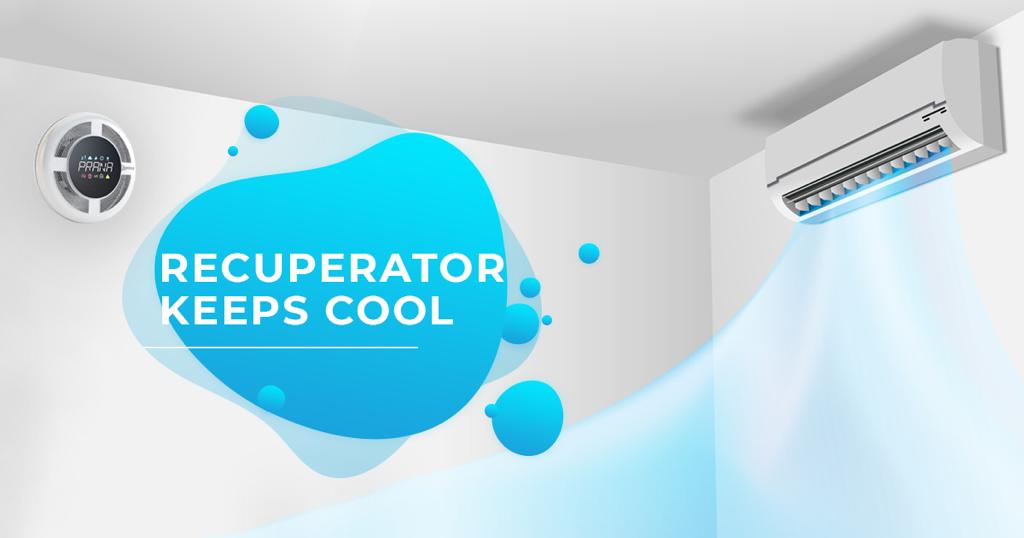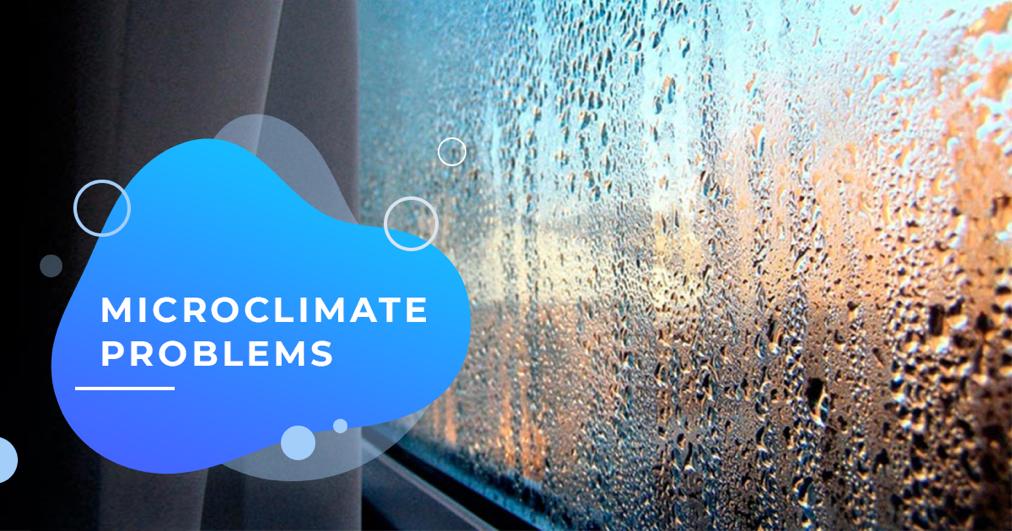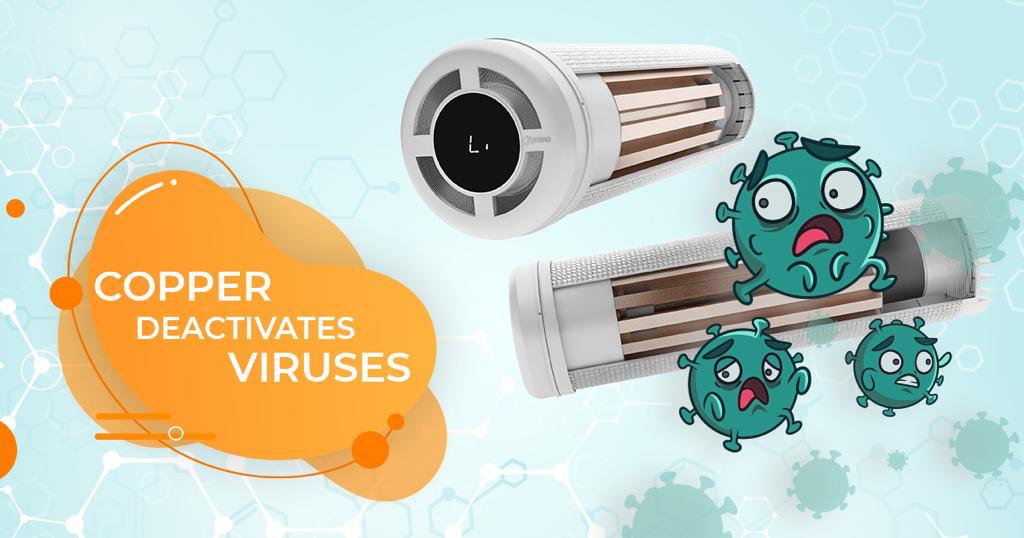Ventilation for buildings is like lungs for humans. It regulates breath and lets you ensure the dirty air and fresh air goes outside. If this process doesn’t go normally, it causes the level of moisture, odors, gases, and other pollutants to rise. This may do a lot of damage not only to the building but also to those who live or work inside. To prevent the negative impact, install proper ventilation and ensure fresh outdoor air goes inside. How could this happen? What does ventilation do? What types of ventilation exist, and how to choose a proper one? Keep reading as we will answer all the questions below.
The main principle of ventilation
The ventilation works to let fresh air come into the space of the building and replace the processed air, and let it go outside. The air exchange is extremely important for places like the kitchen or bathroom because of the high concentration of odors. That’s why we highlight three main reasons why it’s important to keep the air exchange stable:
- Procedures like cooking, dishwashing, and bathing lead to increased humidity, smoke, and odors. Removing these substances is possible only with a high ventilation level.
- Proper ventilation allows you to have a high level of oxygen indoors, keeping the level of carbon dioxide low. If the balance is disturbed, it will lead to negative consequences, including headaches and fatigue.
- By ventilating the facility, you remove emissions from the indoor air. Most of them are caused by construction and furnishing materials.
Architecture specialists and constructors understand the importance of ventilation, so they create constructions to get inside as much fresh air as possible with windows and structural elements. However, it may not be enough for bathrooms or kitchens where people use stoves. There should be special venting to remove pollution sources and effectively clear the airflow.
Ventilation in modern houses
Over time, people changed the approach and improved the existing ventilation construction. These facilities are renovated to be tight, so natural ventilation is no longer effective. Moreover, modern habits lead to higher humidity levels inside the apartment. For example, people take showers more than once a day when it’s hot or wash clothes. Due to that fact, the air conditioning system should be upgraded according to the needs. The best way to do that is to install mechanical ventilation, as the humidity will escape faster, letting fresh air go inside.

